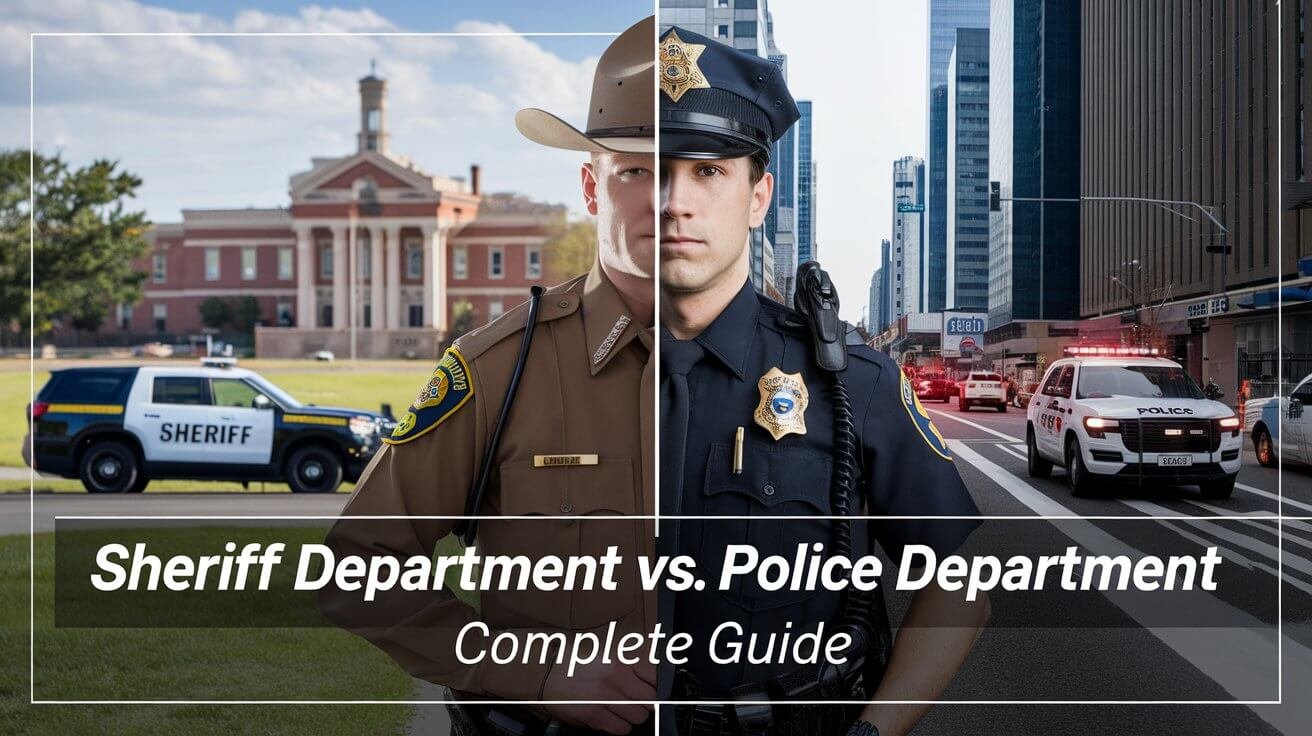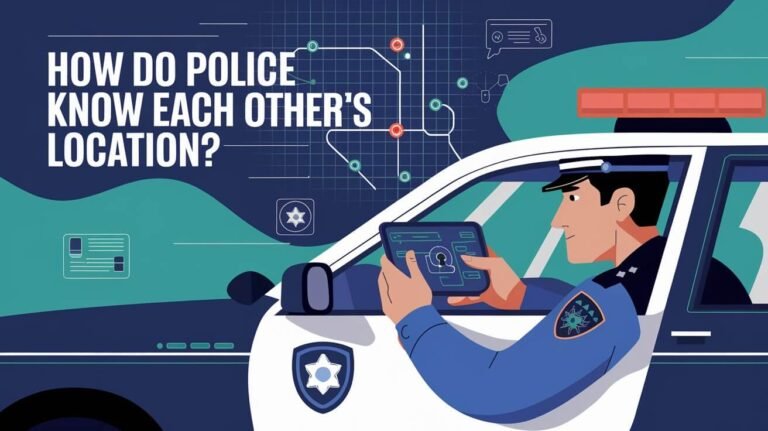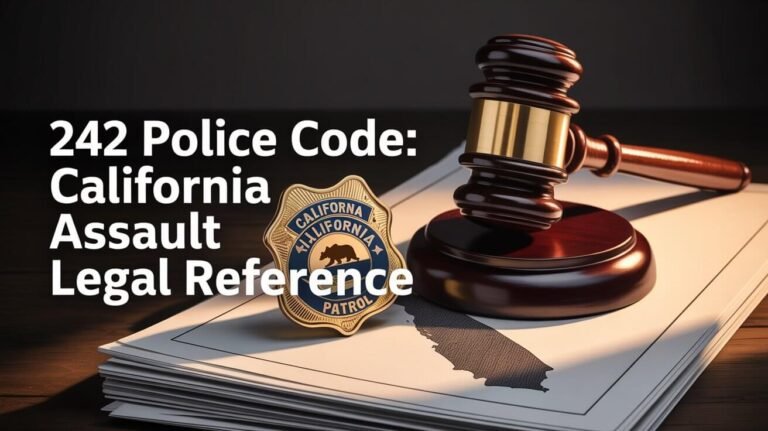Sheriff Department Vs Police Department: complete guide

Ever wondered about the differences between sheriff departments and police departments in the U.S.? These agencies are key to keeping us safe. Yet, they have different areas of work, leaders, and tasks. This article will help you understand what makes them unique and how they impact our communities.
Defining Law Enforcement Agencies in America
Law enforcement in the United States covers many agencies at federal, state, and local levels. They are key to keeping the law, maintaining order, and ensuring safety. Their main tasks come from laws and the Constitution.
Types of Law Enforcement Entities
There are many types of law enforcement agencies in America. Each has its own area of work and rules. You’ll find federal groups like the U.S. Marshals Service, state police, county sheriff’s offices, and city police departments. Each follows the laws of their area.
Core Functions and Authority
- Law enforcement agencies mainly work to enforce laws, keep order, and protect communities.
- The legal authority they have comes from laws and the Constitution. These define their powers and duties.
- Some agencies have special units for certain tasks, like criminal investigations or traffic enforcement.
Legal Foundations of Police Work
The laws that guide police work in the U.S. come from the Constitution and many laws at different levels. These laws set the limits of law enforcement agencies’ power, their methods, and citizens’ rights. Knowing these laws is key to making sure police work is fair and respects people’s rights.
Sheriff Department Vs Police Department
The sheriff’s department and police department are key law enforcement agencies in the U.S. They have different areas of work, leadership, and responsibilities. Knowing these differences helps us understand law enforcement better.
Sheriff departments cover the whole county, including both cities and rural areas. On the other hand, police departments only serve the city or town they are in.
The way leaders are chosen also differs. Sheriffs are voted in by the county’s people. Police chiefs are picked by city officials, like the mayor. This affects how decisions are made and who is accountable.
| Characteristic | Sheriff Department | Police Department |
|---|---|---|
| Jurisdiction | County-wide, including unincorporated areas | Limited to municipal boundaries |
| Leadership | Elected sheriff | Appointed police chief |
| Responsibilities | Broader, including jail management and court security | Primarily focused on law enforcement within city limits |
Sheriff departments handle more tasks, like running the jail and keeping courts safe. They also cover rural areas. Police departments mainly deal with city crime.
“The key differences between sheriff and police departments lie in jurisdiction, leadership, and scope of responsibilities.”
The differences in jurisdictional differences and leadership structure make sheriff and police departments unique. They play important roles in law enforcement in the U.S.
Jurisdictional Boundaries and Coverage Areas
In the United States, law enforcement varies between sheriff departments and police departments. Sheriffs cover the whole county, both cities and rural areas. Police departments, though, only work within city or town limits.
County-wide Authority of Sheriffs
Sheriffs have power over the whole county. They patrol both cities and rural areas. They also manage county jails, secure courthouses, and serve legal documents.
Municipal Limitations of Police Forces
Police departments focus on keeping their city or town safe. They can’t patrol outside their city limits. This means unincorporated areas are not covered by them.
Overlapping Jurisdictions
Sometimes, sheriff departments and police departments overlap. This can lead to teamwork between them. But, their working relationship depends on history, community needs, and their resources.
Leadership Structure and Selection Process
There’s a big difference between sheriff departments and police departments. Sheriffs are chosen by county voters every four years. This makes them directly accountable to the people.
Police chiefs, though, are picked by city leaders like mayors or councils. They look for the most qualified candidates. This process is less about public input and more about finding the right person for the job.
The way leaders are chosen affects how they work with the community. Elected sheriffs often focus on building strong local ties. Appointed police chiefs might concentrate on following professional standards.
Leadership accountability is also a key difference. Sheriffs must face voters and explain their actions. Police chiefs, while still responsible, have less direct public scrutiny.
Operational Responsibilities and Daily Duties
Law enforcement agencies, like sheriff departments and police departments, have different roles. They aim to keep the public safe, but their daily tasks vary. This is due to their area of work and the needs of their communities.
Sheriff Department Functions
Sheriff departments do more than just police work. They patrol, answer emergency calls, and serve civil papers. They also manage the county jail, provide court security, and do search and rescue in rural areas.
Many sheriff departments have special units for tough cases. These include homicide or narcotics enforcement.
Police Department Roles
Police departments focus on urban areas, crime prevention, and community policing. Officers patrol, respond to emergencies, and solve crimes. They also enforce local laws.
Police departments have special units for certain tasks. This includes SWAT teams, traffic enforcement, and community programs.
Specialized Units and Services
- Both sheriff departments and police departments have special units. These handle tasks like narcotics enforcement, homicide investigation, and SWAT operations.
- The types and scope of these units depend on the agency’s size and resources. They also consider the unique needs of their communities.
The work of sheriff departments and police departments shows the variety in U.S. law enforcement. While they share some duties, their specific roles and focus differ. This is due to their area, community needs, and resources.
Budget Sources and Financial Management
Law enforcement agencies, like sheriff’s offices and police departments, get their money from different places. Sheriff’s offices usually get their funds from county budgets. Police departments, on the other hand, get theirs from municipal budgets.
This difference in where they get their money affects how big and equipped they can be. County budgets, managed by county commissioners, often give more money to sheriff’s offices. Police departments, though, have to compete with other city services for their share of the municipal budget.
| Funding Source | Sheriff’s Office | Police Department |
|---|---|---|
| Primary Funding Source | County Budget | Municipal Budget |
| Funding Allocation | Typically More Generous | Often Competitive with Other City Services |
| Additional Funding | Grants, Asset Forfeiture | Grants, Asset Forfeiture |
Both sheriff’s offices and police departments look for extra money. They might get grants from state and federal agencies or money from asset forfeiture programs. This extra cash helps them do their jobs better.
How well they manage their money is key. It’s important for law enforcement funding, county budget, and municipal finances to be used right. This ensures public safety and the well-being of the community.
Equipment and Resources Distribution
In law enforcement, sheriff’s departments and police departments have big differences. These differences are not just in who they serve or who leads them. They also show in the equipment and resources they use.
Vehicle and Uniform Distinctions
Look at the cars and clothes of sheriff’s and police officers. You can tell them apart easily. Sheriff’s badges are star-shaped, while police badges are shield-shaped. The cars and uniforms also have special marks that show which agency they belong to.
Technology and Tools
Both sheriff’s and police departments use advanced tech and tools. They have cars with communication systems, body cameras, and special gear for investigations and emergencies. The tools they have depend on their size, budget, and the community’s needs.
Over 1 million people work in public safety in the U.S. This includes 906,037 full-time law enforcement officers and 94,275 part-time ones. The equipment and resources they have are key to keeping communities safe.
| Law Enforcement Equipment and Resources | Sheriff’s Department | Police Department |
|---|---|---|
| Patrol Vehicles | Typically larger, with distinct markings and equipment | Smaller, more versatile vehicles with customized markings |
| Uniforms and Badges | Star-shaped badges, distinct uniform designs | Shield-shaped badges, more standardized uniform styles |
| Communication Systems | Advanced radio and data communication capabilities | Integrated systems for dispatch, reporting, and information sharing |
| Investigative Tools | Specialized equipment for crime scene processing and evidence collection | Forensic analysis tools, surveillance technology, and digital forensics capabilities |
| Emergency Response Gear | Tactical gear, protective equipment, and specialized rescue tools | Riot control gear, medical kits, and disaster response equipment |
Training Requirements and Professional Development
To become a law enforcement officer, both sheriff deputies and police officers must complete rigorous training programs. They attend a state-certified police academy. There, they learn about legal procedures, tactical skills, and community relations.
The hiring process for law enforcement positions can take several months. But, successful candidates are often compensated for their time in the academy. For example, deputy sheriffs in Fairfax County, Virginia, receive their full salary while attending the academy, which can last for several months.
Once hired, law enforcement professionals are expected to engage in ongoing professional development and specialized training throughout their careers. This ensures that they stay up-to-date with the latest procedures, technologies, and best practices in the field of police academy, continuing education, and law enforcement certification.
In some states, sheriffs may have additional certification requirements beyond those of regular police officers. These specialized training programs may cover topics such as leadership, management, and the unique responsibilities of the sheriff’s office.
| Training Requirement | Details |
|---|---|
| Police Academy | State-certified training program covering law, tactics, community relations, and use of force |
| Continuing Education | Ongoing professional development and specialized training for law enforcement personnel |
| Law Enforcement Certification | Additional certifications required for sheriffs in some states, focusing on leadership and management |
Maintaining a commitment to continuous learning and professional development, law enforcement officers can ensure that they are equipped to serve their communities effectively and safely.
Interaction with Other Law Enforcement Agencies
Law enforcement agencies, like sheriff’s offices and police departments, often team up. They do this through mutual aid agreements. These agreements let them share resources and help each other in emergencies or big operations.
This teamwork is key for keeping communities safe and preventing crime. It’s crucial for handling complex cases that involve more than one area.
Mutual Aid Agreements
Mutual aid agreements are formal deals between law enforcement groups. They outline how agencies can help each other. This means they can get more people, equipment, and special skills when needed.
Working together, agencies can respond better to emergencies. They can meet the needs of the communities they serve more effectively.
Cross-jurisdictional Cooperation
Law enforcement agencies also team up for investigations and operations that span areas. This is vital for tackling crimes like drug trafficking, organized crime, or terrorism. Federal agencies, like the FBI or DEA, often join in too.
They bring special skills and resources to help local and state law enforcement. This teamwork is essential for solving big cases.
| Statistics | Data |
|---|---|
| Dozens of reports of potential violations received each month | – |
| Investigated dozens of law enforcement agencies nationwide | – |
| Settlements and court orders frequently require various actions | Increased transparency and data collection Community-police partnerships Steps to prevent discriminatory policing Independent oversight Improved investigation and review of uses of force More effective training and supervision of officers |
| Reforms obtained create models for effective and constitutional policing nationwide | – |
| Significant, systemic relief provided through obtained reforms | – |
| Increase in community confidence in law enforcement due to reforms | – |
| Improvement in officer and agency accountability as a result of obtained reforms | – |
Interagency cooperation, mutual aid, and cross-jurisdictional enforcement are key. They show how important it is for agencies to work together. By joining forces, they can improve public safety, fight crime, and serve their communities better.
Criminal Investigation and Law Enforcement Methods
In the United States, both sheriff and police departments handle criminal investigations. They use trained detectives and specialized units for different crimes. These law enforcement experts use many methods, like analyzing crime scenes, interviewing witnesses, and collecting evidence.
The tactics used can change based on the crime and where it happened. Some departments have more resources for complex cases. They might focus on crimes like murder, sexual assault, or financial fraud.
- Detective work is key in solving crimes. It involves deep research, watching suspects, and analyzing clues.
- Crime scene investigation is crucial. It includes forensic analysis, ballistics testing, and digital forensics to find important clues.
- Law enforcement uses tactics like interrogations, search warrants, and undercover work. These help catch criminals and break up criminal groups.
| Investigative Responsibilities | Sheriff’s Department | Police Department |
|---|---|---|
| Homicide | ✓ | ✓ |
| Sexual Assault | ✓ | ✓ |
| Robbery | ✓ | ✓ |
| Burglary | ✓ | ✓ |
| Fraud | ✓ | ✓ |
| Organized Crime | ✓ | ✓ |
“The key to successful criminal investigations is a combination of meticulous detective work, advanced forensic analysis, and strategic law enforcement tactics. By leveraging these methods, we can effectively solve crimes and keep our communities safe.”
Public Safety and Community Relations Programs
Both sheriff and police departments work hard to build trust with the community. They use public outreach to be more open and work better with residents. This helps strengthen the relationship between law enforcement and the people they protect.
Community Policing Initiatives
The National Neighborhood Watch Program is a great example. It’s run by the National Sheriffs’ Association. It helps residents work with police to spot and report strange activities. This makes everyone safer.
Also, sheriff and police departments have programs for kids. They offer mentorship and educational workshops. This helps young people see police in a positive light.
Public Outreach Strategies
Law enforcement agencies focus on being open with the public. They hold town hall meetings, use social media, and have citizen advisory councils. This lets people share their concerns and work with police on local problems.
These efforts can really change how people view sheriff and police departments. They help build trust and support.






